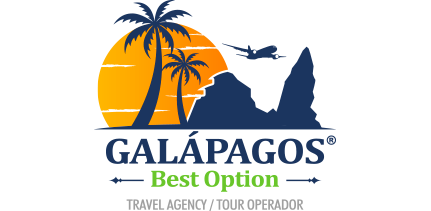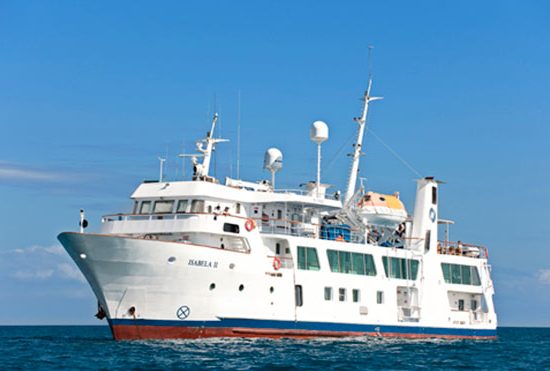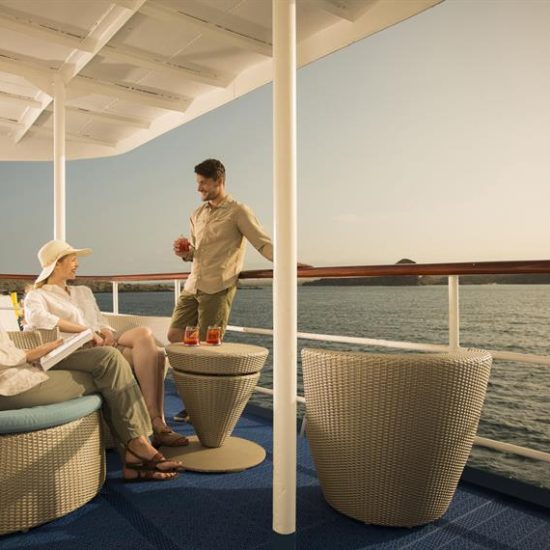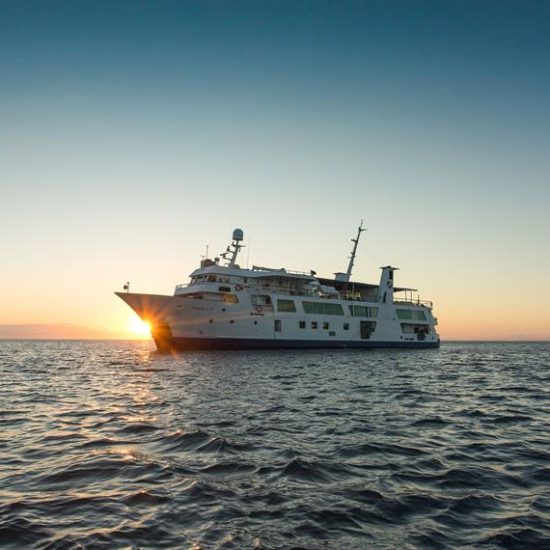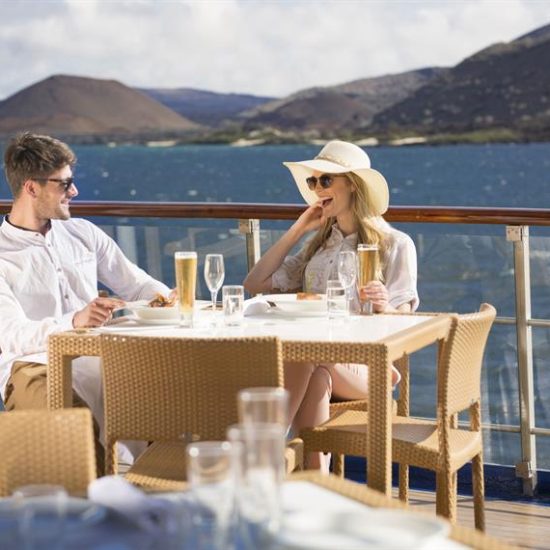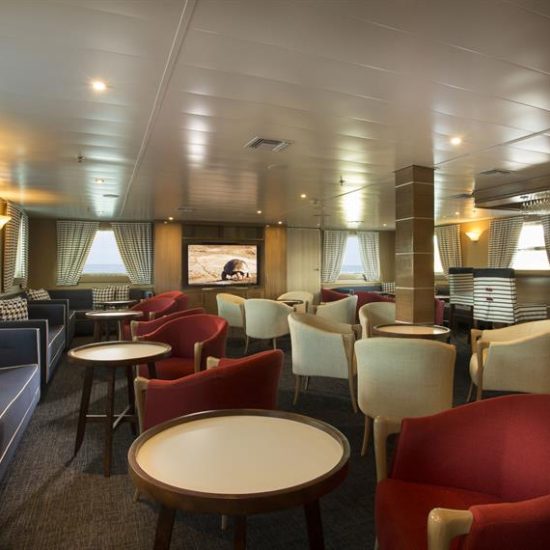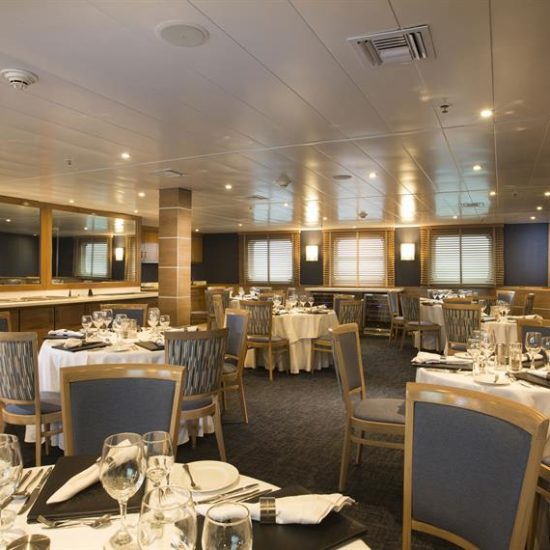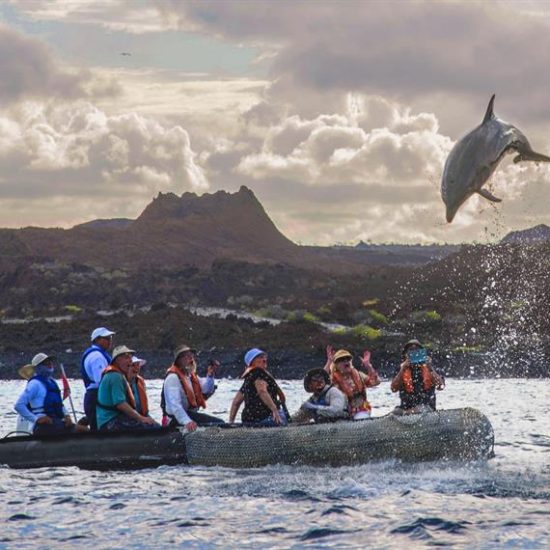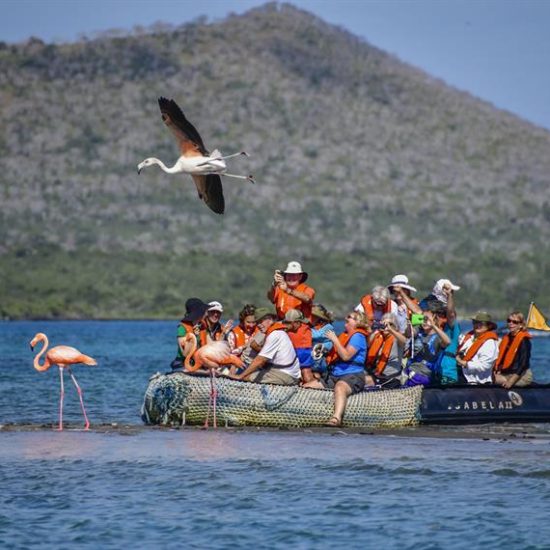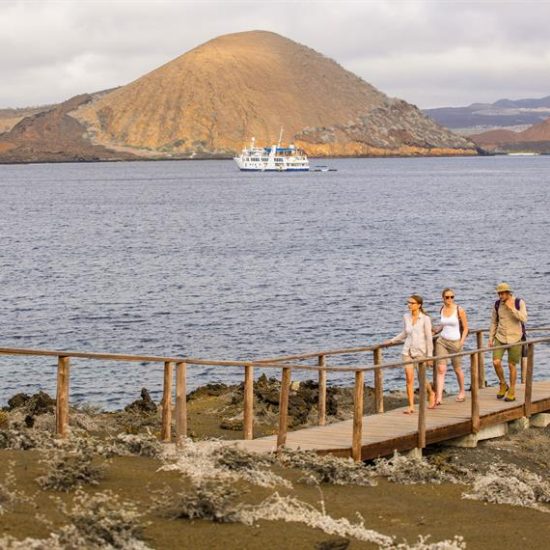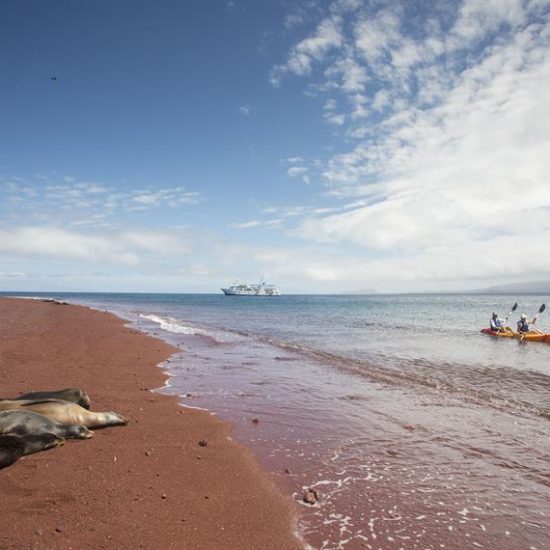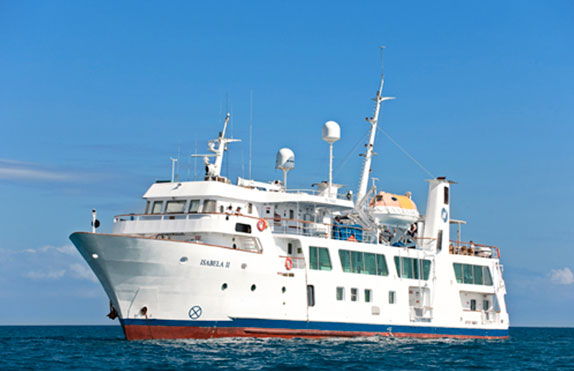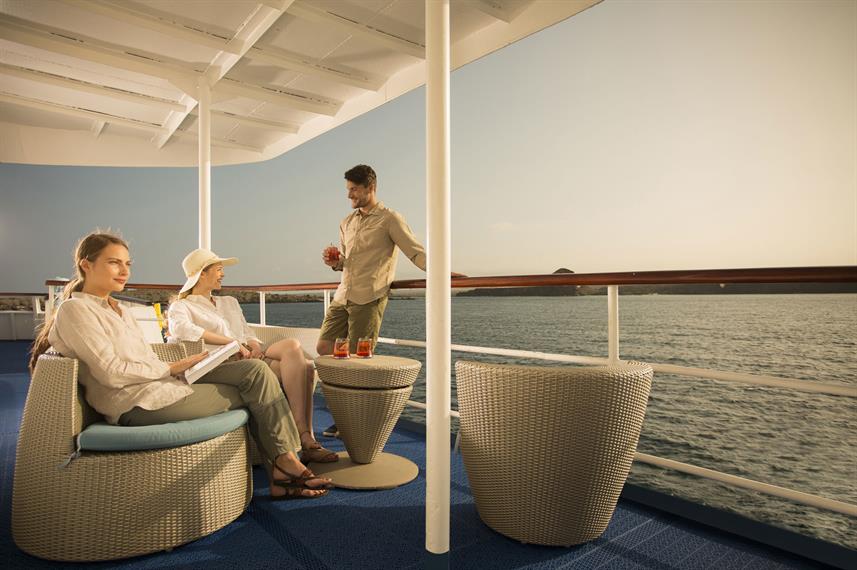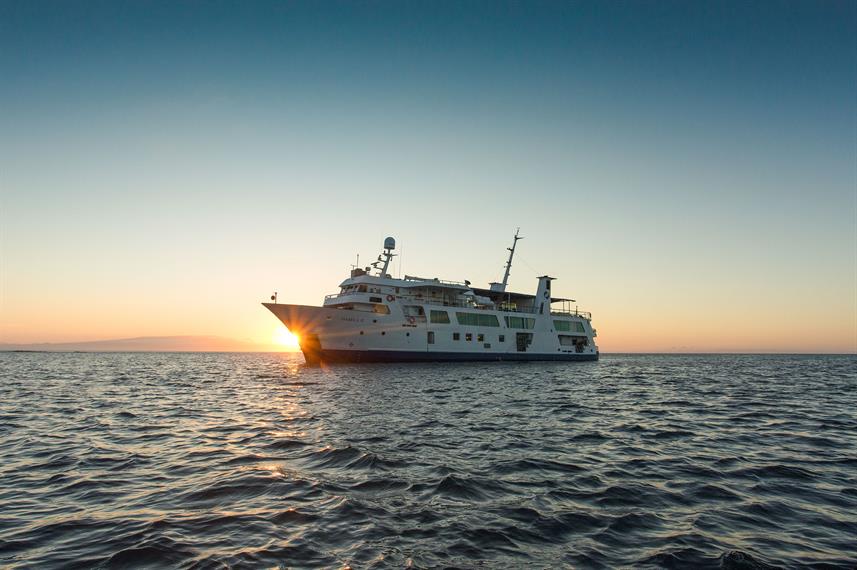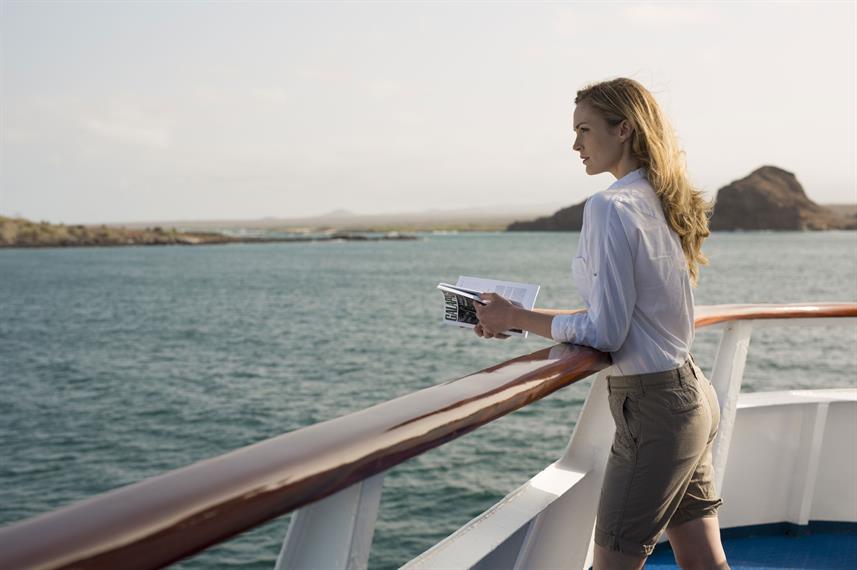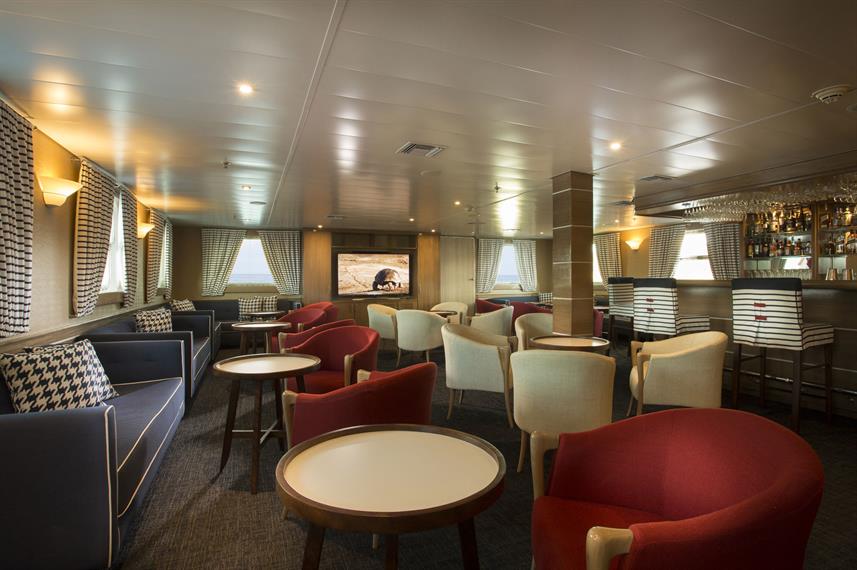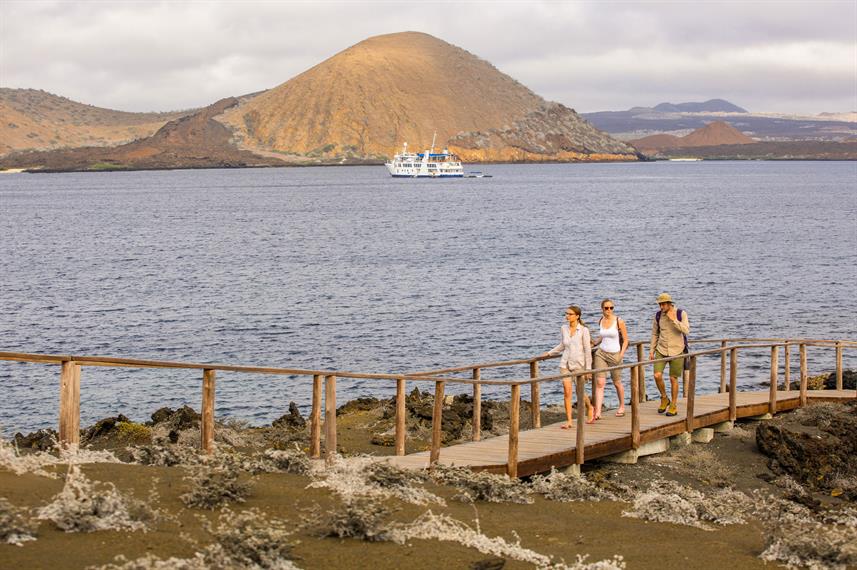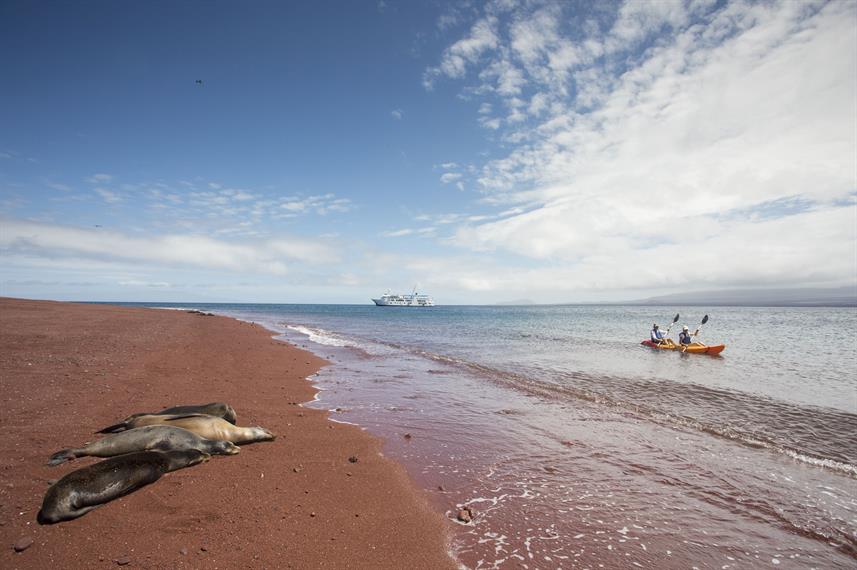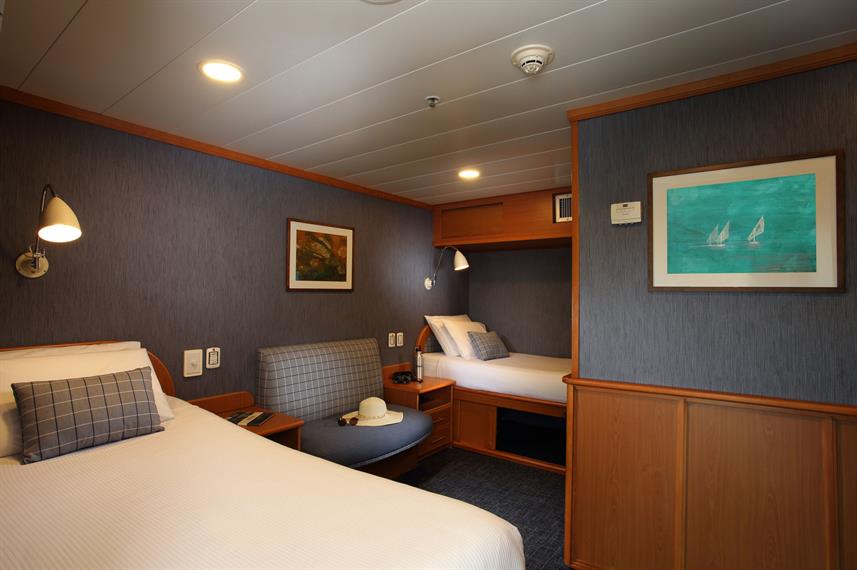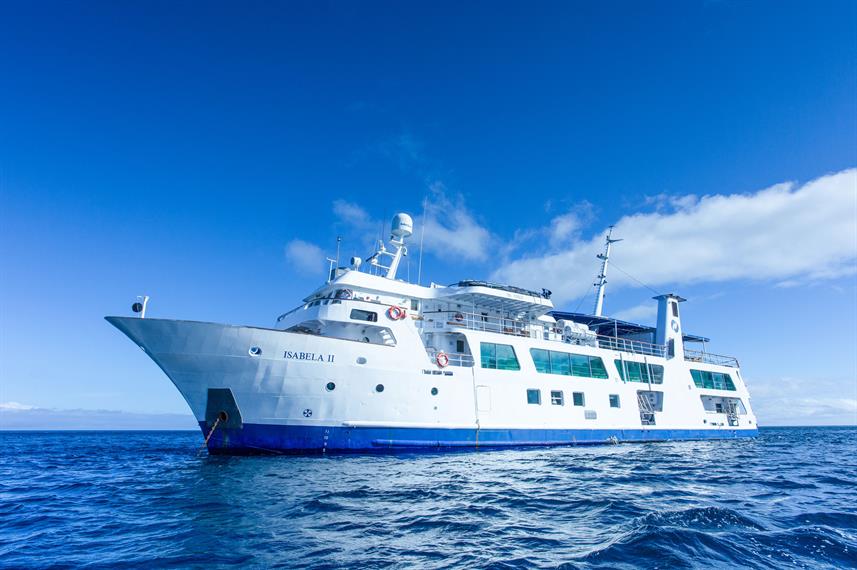Isabela Yacht
RESERVE THIS CRUISE
Starting Price Per Person: $5.499,00 USD, all taxes are included.
Please confirm availability for your desired itinerary by contacting us at:
info@galapagosbestoption.com / sales@galapagosbestoption.com / Whatsapp +593 967742545
PAYMENT POLICY
To book and confirm any tour, we must receive 100% of the total amount prior to the tour as follows:
50% due at the time of booking
50% due two weeks before the date of your tour
CANCELLATIONS
Any last minute cancellations or changes by the customer may incur a fee to be imposed by Galapagos Best Option SA.
If for any reason a passenger is not present at the time of their flight they will be considered a no show and will not be subject to any refund by the agency.
Please read our full Cancellation and Refund Policy.
The Galapagos National Park has the right to make any changes to the itinerary due to natural disasters or scientific research projects.
ITINERARY A
Day 1: Baltra & Santa Cruz Islands
Baltra Airport (Santa Cruz Island): After landing at Baltra Airport, we drive to the Itabaca Channel to take a ferry across to Santa Cruz Island. A 30-minute bus ride takes us to a restaurant in the fascinating, more humid Highlands of the island to enjoy lunch, and then continue south down to Puerto Ayora on the coast.
Puerto Ayora and the Charles Darwin Research Station: At the eastern end of Puerto Ayora, the largest town in the archipelago, we visit the Charles Darwin Research Station and the Giant Tortoise Breeding Center, the islands’ headquarters for scientific research and conservation. Later in the afternoon, we stroll along the main street of Puerto Ayora before embarking. Captain’s welcome cocktail and dinner.
Day 2: Bartolome & Santiago Islands
Bartolome Island: This morning, a Galapagos icon awaits Bartolome Island. A great way to start the day, with a steep climb up a wooden staircase: the panoramic view from the top is well worth the effort! Following the walk, we take a panga ride around colossal Pinnacle Rock in search of Galapagos penguins and other wildlife.
Sullivan Bay (Santiago Island): After lunch, we board the pangas (inflatable dinghies) and land at Sullivan Bay on the east coast of Santiago, a white coral sand beach that is ideal for swimming. A trail runs along a lava field that flowed here around 100 years ago. This is the perfect place to see and understand the volcanic origin of the Galapagos.
Day 3: Santa Cruz & Santiago Islands
Dragon Hill (Santa Cruz Island): The north coast of Santa Cruz hosts the fascinating landscapes of Dragon Hill. After disembarking, the first part of our walk passes a brackish-water lagoon frequented by shorebirds, ducks, and American flamingos, while further inland, the trail offers a beautiful view of the bay and the western islands of the archipelago, as well as the chance of observing land iguanas (for which the visitor site is named, following a concerted effort to conserve them by the Galapagos National Park). After our walk, we can snorkel from the shore, hoping to spot rays, green turtles, and sharks.
Salt Mine (James Bay, Santiago Island): Our wet landing on James Bay follows in the footsteps of Charles Darwin. The young naturalist spent about six days exploring this island in 1835, enthralled not only by the species he encountered — finches, mockingbirds, lava lizards, and yellow warblers, as well as Galapagos doves, hawks, and flamingos — but also by the vegetation and the fascinating geological formations. Our hike takes us uphill to one of these for panoramic views: a crater filled with brackish water. The salt from this lagoon was mined in the 20th century, but the businesses didn’t prosper. More active explorers can hike all the way around the cone.
Day 4: Isabela & Fernandina Islands
Punta Vicente Roca (Isabela Island): Since there is no landing site at this location, we explore the captivating coast by dinghy, seeking out abundant wildlife including colonies of Galapagos fur seals, the nesting sites of Nazca boobies, not to mention flightless cormorants, penguins, and marine iguanas. Depending on the conditions of the ocean, we’ll be able to snorkel along the cliffs, hopefully in the company of green sea turtles. Back on board, we navigate along the Bolivar Channel, where nutrient-rich upwellings provide fertile fishing grounds for cetaceans.
Punta Espinoza (Fernandina Island): We end our journey on a high note, by visiting the island of Fernandina, the youngest island of the archipelago and arguably one of the most pristine ecosystems on the planet. Our visitor site of Punta Espinoza boasts an amazing combination of apparently barren landscapes and abundant wildlife, all dominated by the lofty volcano at the heart of the island. Highlights to spot include hawks, penguins, huge numbers of marine iguanas, and the famous flightless cormorant, with its beguiling blue eyes.
Day 5: Baltra Island
Baltra Island: Our journey ends at Baltra Island where we transfer to the airport to take the flight back to the mainland.
PRICE : 5.499,00 USD P.P.
ITINERARY B
Day 1: Baltra Airport and Santa Cruz Island: After landing at Baltra Airport, we drive to the Itabaca Channel to take a ferry across to Santa Cruz Island. A 30-minute bus ride takes us up to the fascinating, more humid Highlands of the island where we’ll learn about its unique ecosystems and biodiversity. Lunch is served at a local restaurant.
Highlands of Santa Cruz Island: After lunch, we drive to a nearby reserve that is one of the best places in the archipelago to see giant tortoises in their natural habitat. The tortoises are easy to spot, lumbering around, munching on grass and leaves, and wallowing in small pools. There are several lava tunnels to explore in the reserve, too. A short bus ride takes us down to Puerto Ayora to board Yacht Isabela II.
Day 2: Santiago Island & Chinese Hat Islet
Puerto Egas (Santiago Island): Following a wet landing on a black, sandy beach, our trail takes us to enjoy close-up encounters with recently-reintroduced land iguanas, plus land and marine birds amid a landscape of tuff-stone layers, craggy rocks, and lava flows. At low tide, marine iguanas graze upon the algae beds. We can also observe a colony of fur seals, usually dozing in the shade of some rocks.
Chinese Hat Islet: This islet, formed only fairly recently, makes a beautiful afternoon visit as we explore the wildlife along with its 1,312 ft long (400 m long) trail, which begins at a crescent-shaped, white sandy beach. The cove offers excellent swimming and snorkeling opportunities amid white-tipped reef sharks and Galapagos penguins.
Day 3: Genovesa Island
Prince Philip’s Steps (Genovesa Island): The day kicks off with a panga ride along the cliffs of “Bird Island”, as Genovesa is affectionately nicknamed, followed by a landing at a steep staircase that connects us with a flat plateau. From here the trail winds its way through large colonies of Nazca boobies, red-footed boobies, great frigatebirds, and storm petrels. With luck, we’ll be able to spot the short-eared owl. Those who do not wish to disembark can enjoy a longer panga (inflatable dinghy) ride along the cliffs, weather conditions permitting. Snorkeling and kayaking activities are available.
Darwin Bay (Genovesa Island): We land after lunch at the beautiful white beach of Darwin Bay. Here we walk amid literally hundreds of birds, most of which are frigatebirds, red-footed and Nazca boobies, as well as gulls, herons, finches, and mockingbirds.
Day 4: Santa Fe & Santa Cruz Islands
Santa Fe Island: We take the dinghy over to this idyllic sandy-white beach populated by colonies of sea lions. Galapagos hawks are often easily observed, perched atop salt bushes. The Santa Fe land iguana may be spotted during our exploration. Following the walk, we can snorkel and swim along a natural wave barrier or ride the glass-bottom boat.
Punta Carrion: In the afternoon, we make our way around to the northern coast of Santa Cruz Island, to the eastern mouth of the Itabaca Channel. Boarding our dinghies, we explore this rocky coastline’s interesting formations, plant life, and wildlife, before enjoying the marine world, either with a mask and snorkel or aboard our glass-bottom boat. If we are lucky, we will come across playful sea lions, dozens of reef fish — different types of puffers, surgeonfish, angelfish, groupers, hogfish, hawkfish, parrotfish, blenny, etc. — and hopefully catch a glimpse of white-tipped reef sharks.
Day 5: Baltra Island
Baltra Island: Our journey ends at Baltra Island where we transfer to the airport to take the flight back to the mainlandPRICE :4.949,00 USD P.P.
- Airport Transfers
- Naturalist Guide Certified by the Galapagos National Park
- Full Meals
- Coffee, Tea and Snacks
- Snorkel Gear (Mask, Fins and Snorkel)
- Wetsuit
- Private Bathroom With Hot Water
- Air Conditioning
- Entrance Fee to Galapagos National Park $100 USD
- Immigration Control Card $20 USD
- Personal Expenses
- Tips for the Crew and Guide
- Galapagos Flights ($450 to $550 USD – ask us for a quote!)
- Alcoholic Beverages and Soft Drinks

